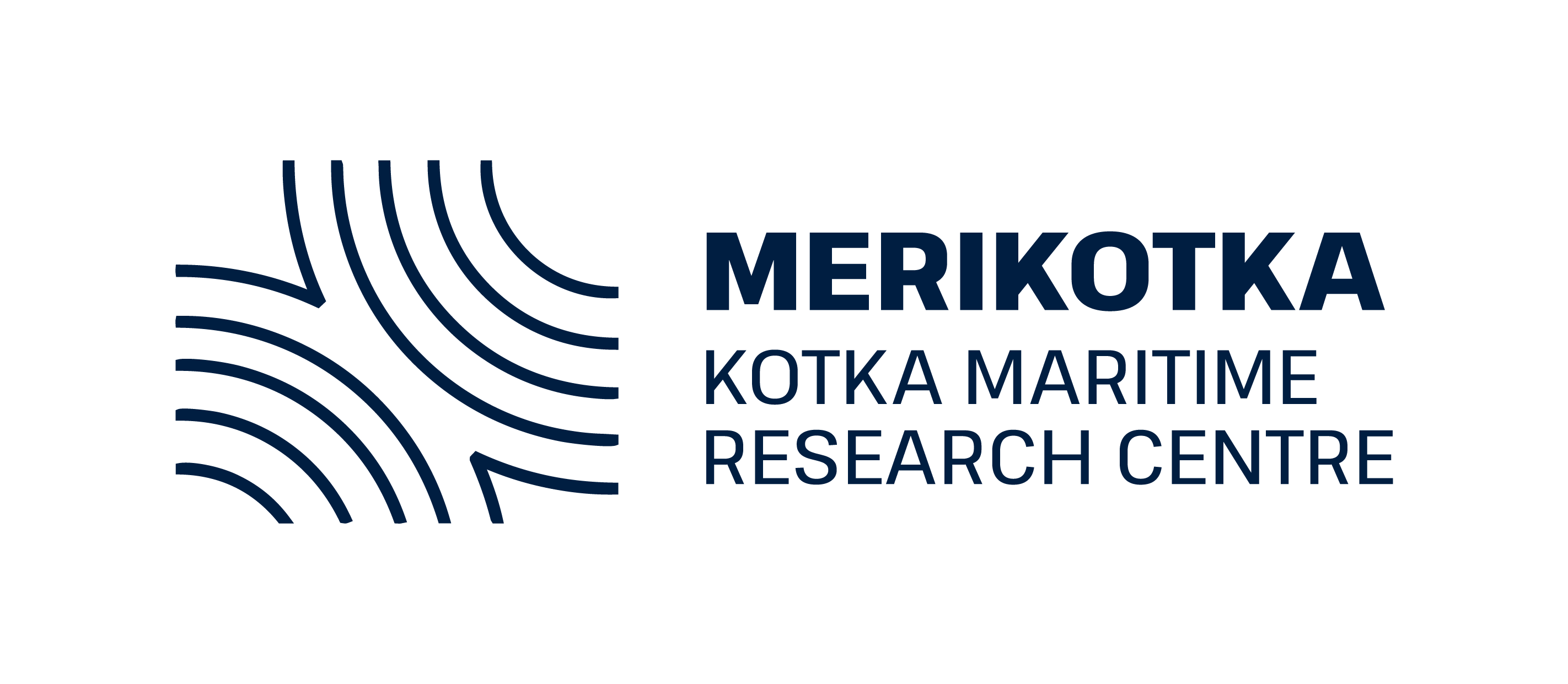Kotka Maritime Research Centre (Merikotka) is strongly represented in a new research project GYROSCOPE. The project is funded by the Academy of Finland and has started in January 2023.
Under the 2022 call for research on key areas of green and digital transition, the Academy of Finland has granted a total of around 19 million euros of funding to projects that contribute broadly to the green and digital transition by developing new solutions to promote carbon neutrality and mitigate and adapt to climate change. The funding granted is based on the European Union’s Recovery and Resilience Facility (RRF) and the Sustainable Growth Programme for Finland.
The total budget of the three-year project is over two million euros. The project investigates opportunities provided by and risks associated with smart digital solutions in the context of green transition of the maritime sector.
New smart concepts and services are claimed to have a significant role in cleaner, safer, and more efficient logistics. However, the introduction of new devices and instruments across the operating environment by multiple actors may increase the risk of both technical issues and human errors. To ensure the sustainability of the digital transition, it is therefore important to proactively identify potential risks that the new smart solutions may bring along.
GYROSCOPE produces a multidimensional picture of the sustainable digital transition to low-carbon maritime logistics by applying stakeholder-participatory processes and modern risk analytics, considering alternative implementation pathways. Through a sectoral example, the project aims to understand the nature and preconditions of sustainable green transition also more generally, as well as the development picture of digitalisation as part of it.
In the project consortium, Kotka Maritime Research Centre is represented by Research Director Annukka Lehikoinen and professors Osiris Valdez Banda from Aalto University and Sakari Kuikka from the University of Helsinki. The other principal investigators are Professor Janne Hukkinen from the University of Helsinki and the consortium leader, Professor Toni Ahlqvist from the Finland Futures Research Centre of the University of Turku.
The press release and funding decisions of the Academy of Finland



